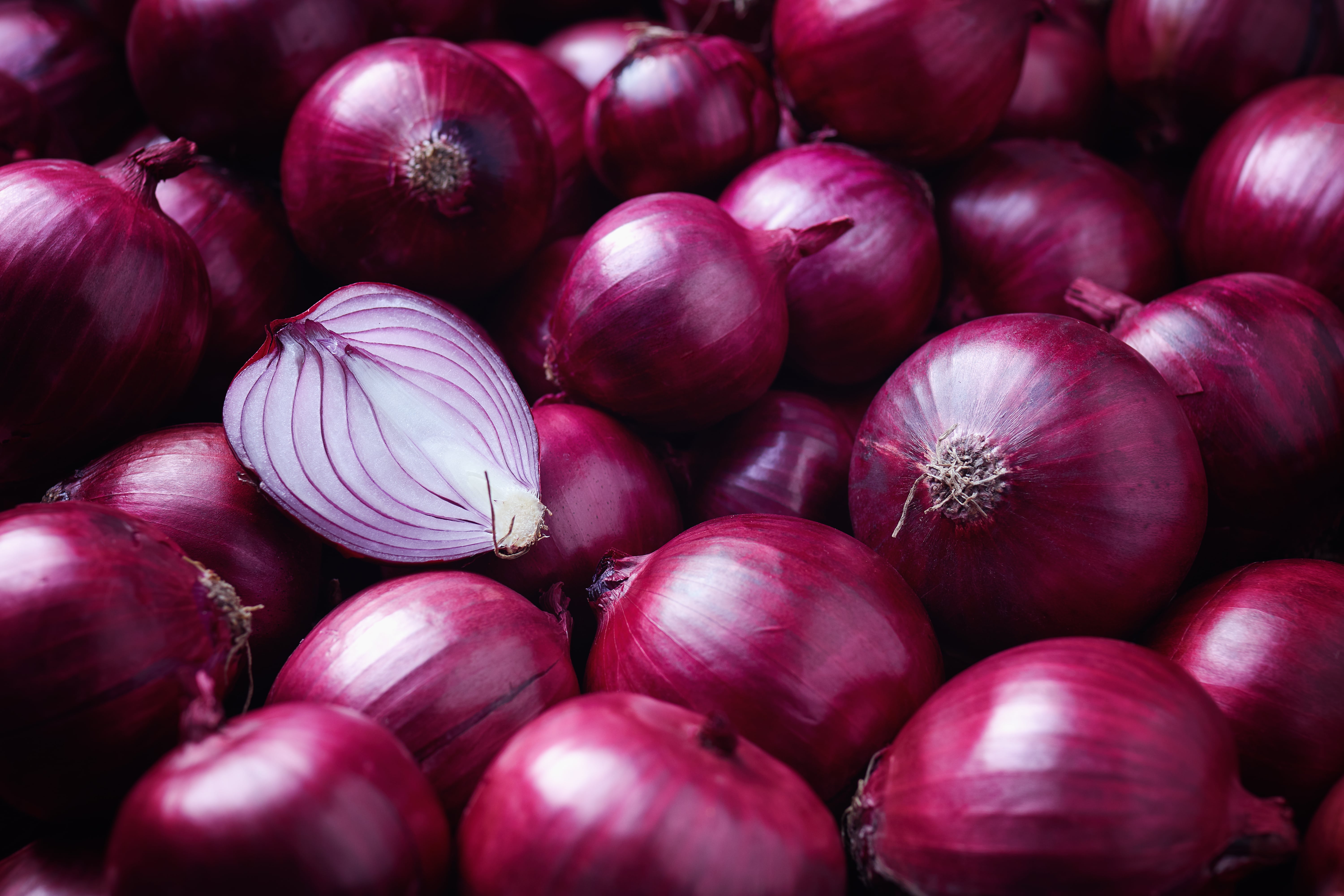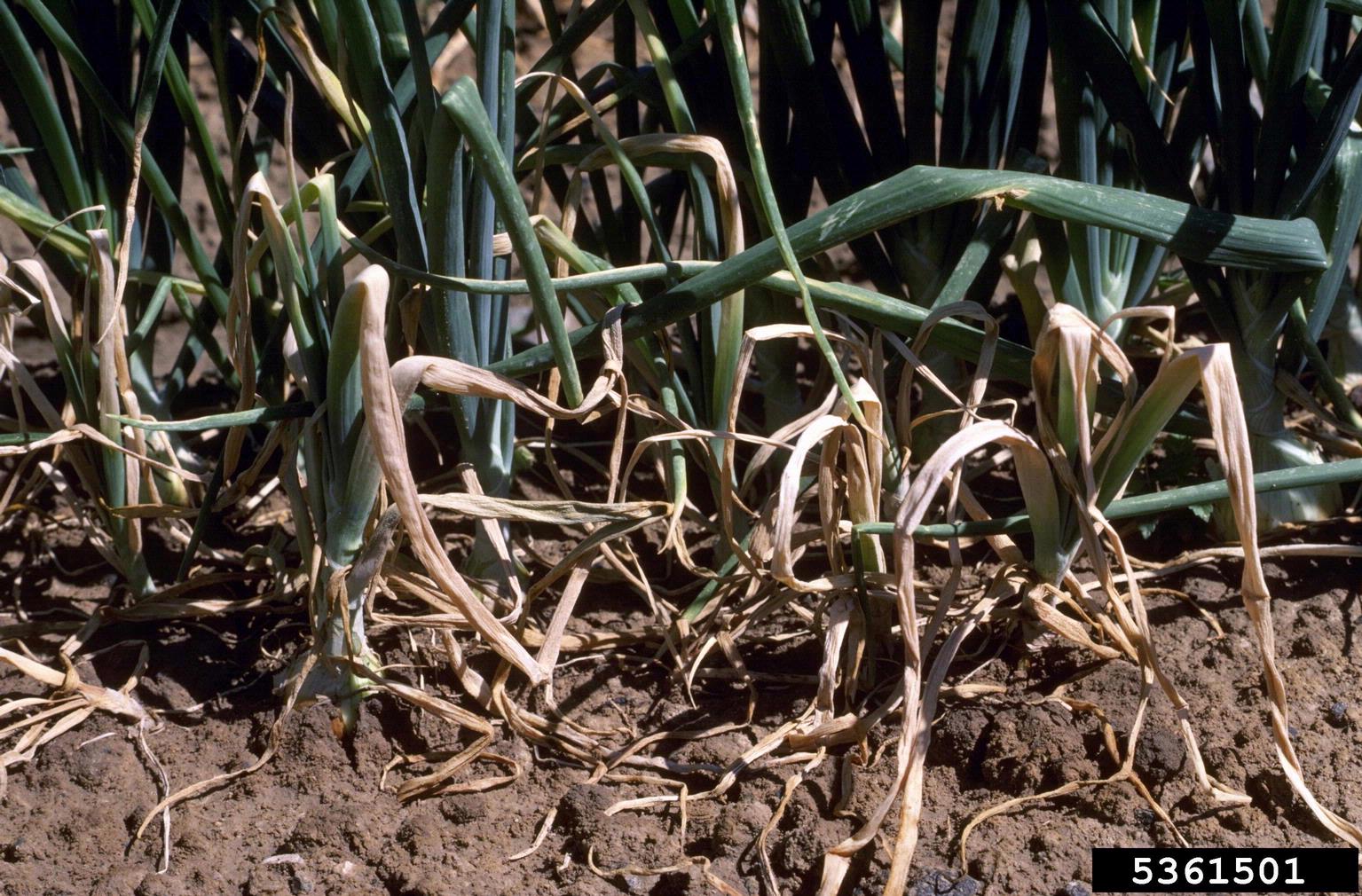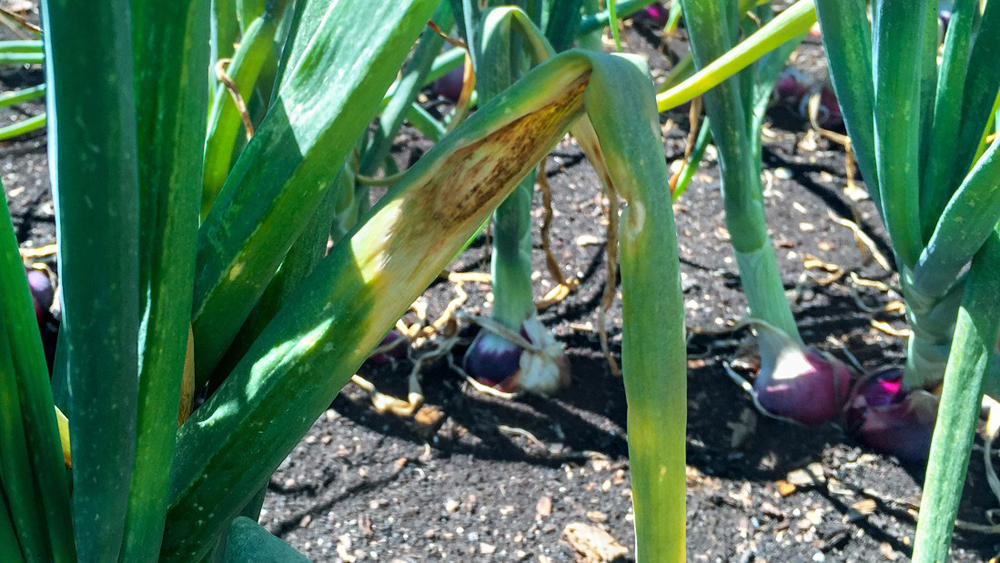


Kingdom: Plantae
Family: Amaryllidaceae
Subfamily: Allioideae
Genus: Allium
Species: A. cepa
ABOUT ONION
Onions are a type of vegetable that belong to the Allium family, which also includes garlic, shallots, and chives. They are a staple in many cuisines around the world, known for their pungent and distinctive flavor.
Here are some key facts about onions:
Onions come in many different varieties, including white, yellow, and red. The flavor and texture of each type can vary depending on its growing conditions and how it's prepared. Onions are a good source of vitamin C, dietary fiber, and various other nutrients. They are also low in calories, making them a healthy addition to many meals. When onions are cut or crushed, they release a sulfur-containing compound called syn-propanethial-S-oxide, which can irritate the eyes and cause them to tear up. Onions can be eaten raw or cooked, and are used in a wide variety of dishes, including soups, stews, salads, and sandwiches. Onions can be stored at room temperature for several weeks, or in a cool, dry place for several months. Cut onions should be stored in the refrigerator and used within a few days.In addition to their culinary uses, onions have been used for medicinal purposes for centuries. They are believed to have anti-inflammatory and antibacterial properties, and may also help lower blood sugar levels and reduce the risk of certain types of cancer. However, more research is needed to fully understand the health benefits of onions.


